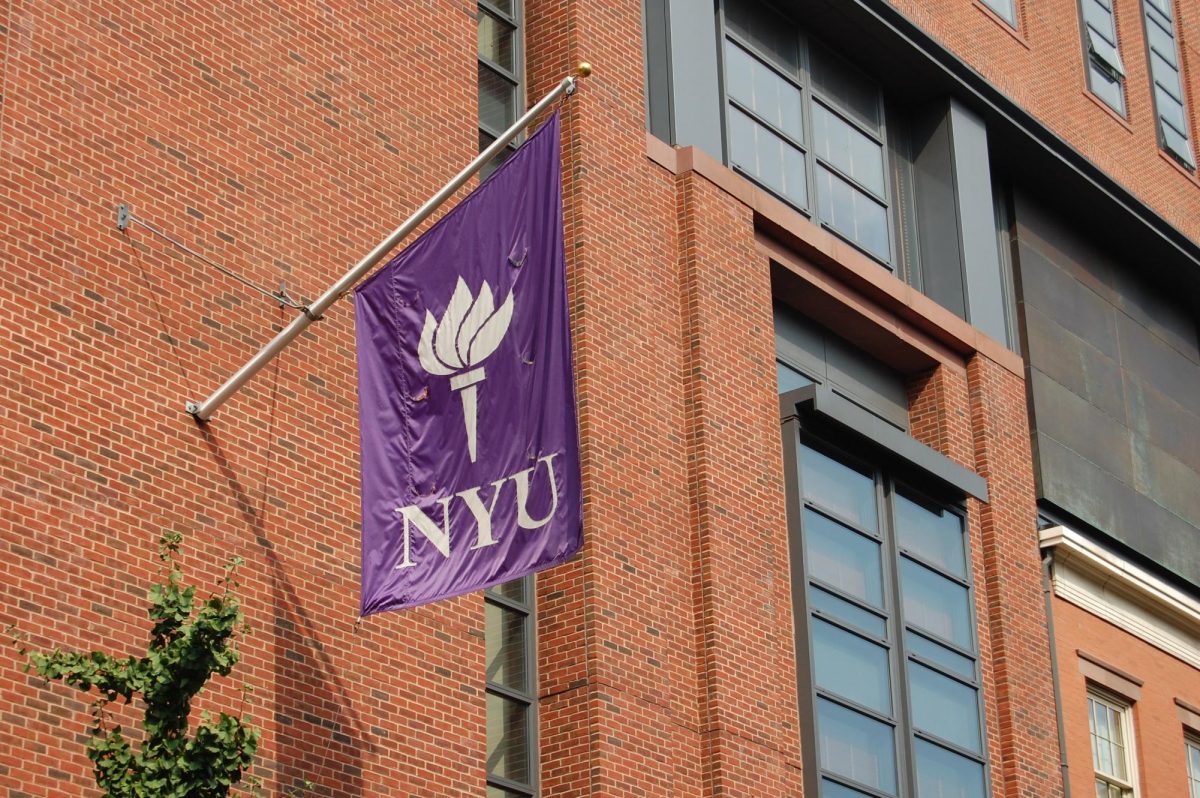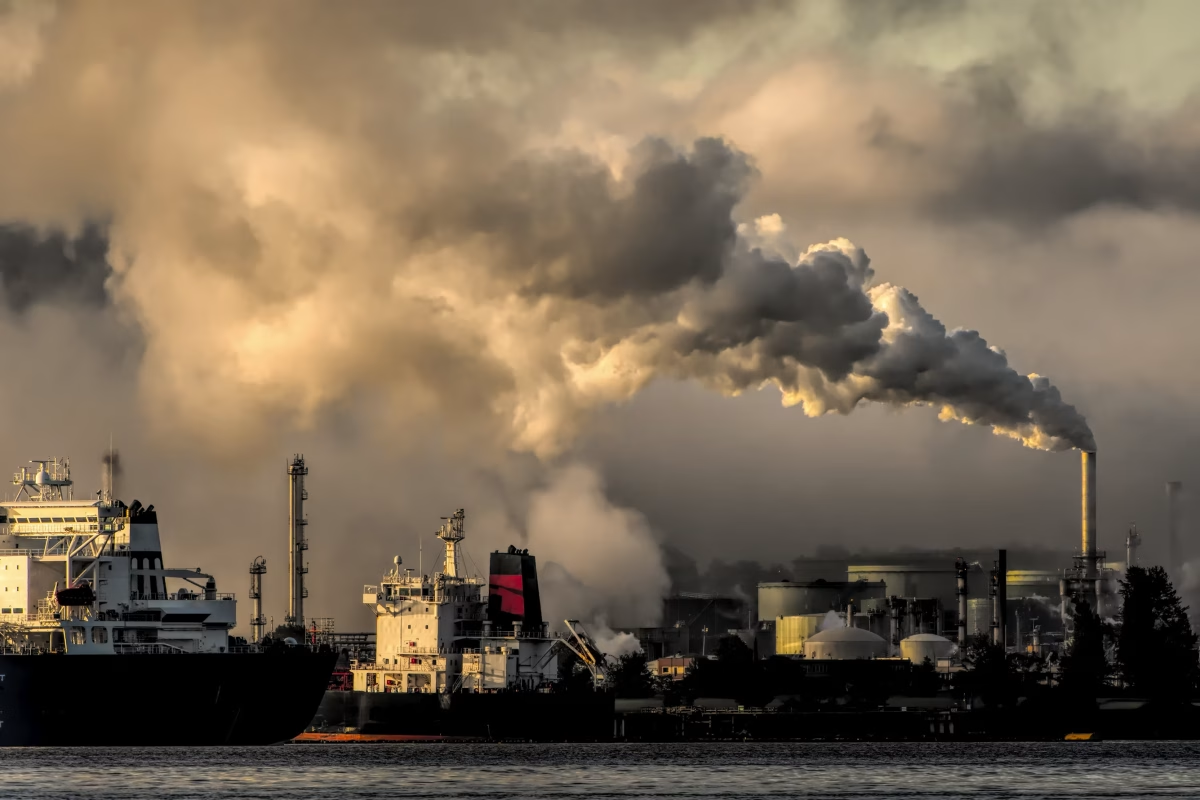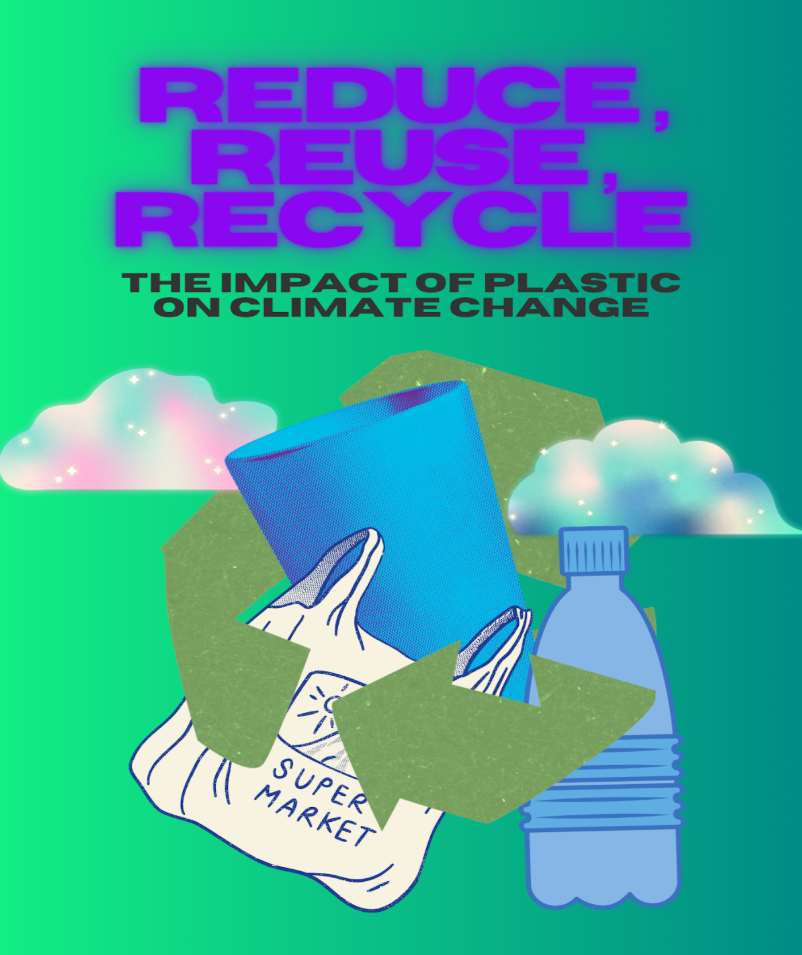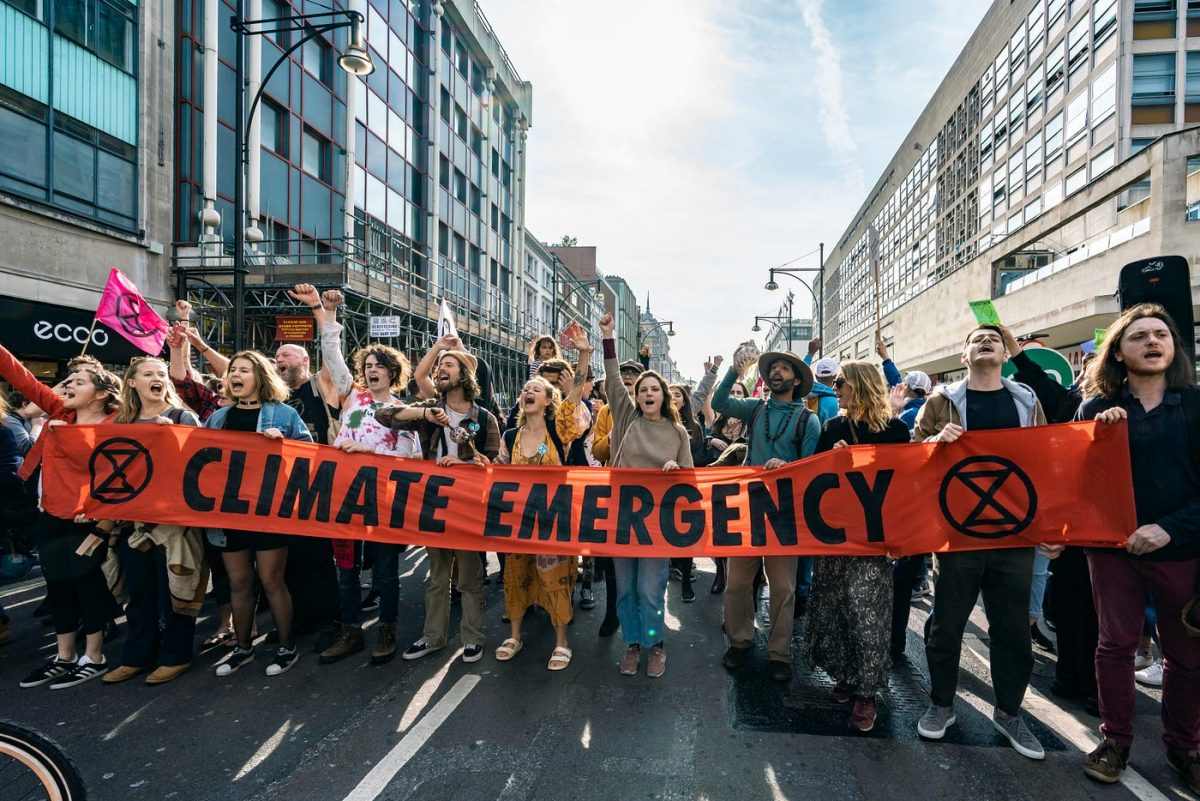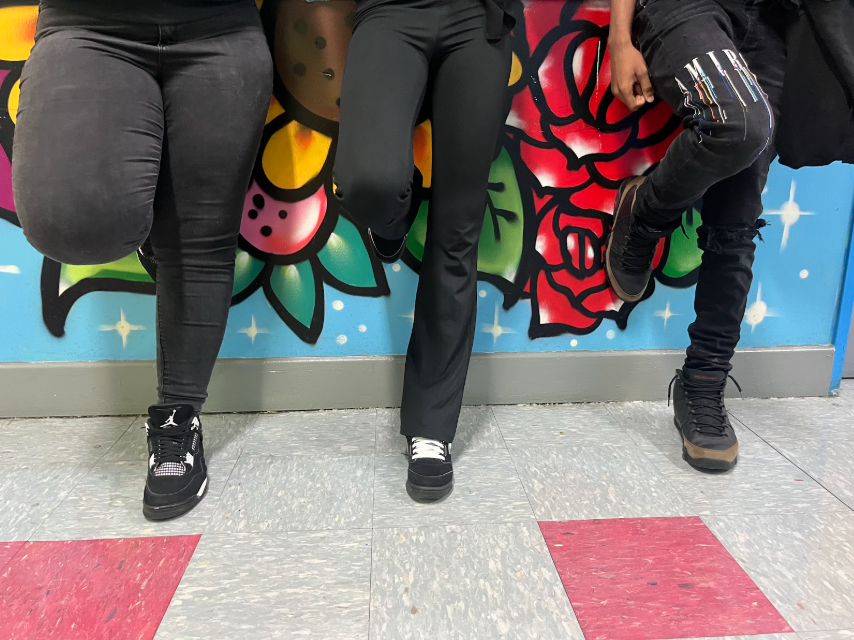By 2100, the beautiful state of New York could be underwater sooner than we can help it. For residents who have lived in New York City for all or most of their life, such as teenager and activist/environmentalist Kimora Bolton, this reality is no surprise. In fact, this has been a suspicion of Kimoras for a while now, and as the planet’s global warming only gets harsher and more severe, it’s becoming clear to her that we, as well as neighboring coastal states, may not have much more time left. “I give it the next few hundred years. Most likely between 40-60. I think in our lifetime, at least one borough or part of one, will flood.”
The increasing speed in which our waters continue to rise can be attributed to the burning of fossil fuels. Things we use everyday to power our ever evolving industrialized world such as coal, gas, and oils are rapidly overheating our planet and causing natural glaciers and ice sheets to melt, according to the NOAA, which in turn rises sea levels due to the added water.
The risk of New York’s flooding is predicted to reach and affect South Queens and Brooklyn first. Along with the many lives this could endanger, namely marginalized communities, elderly people, and people with mobility issues. This also puts the habitats for aquatic wildlife in danger as the saltwater can contaminate fresh water and throw many ecosystems off balance on top of affecting our natural water supply. It is crucial we take this seriously because the short term effects are just as devastating as the long term. Coastal storm surge flooding can damage properties and important infrastructure such as schools, power plants, or hospitals, which can be very costly. “FEMA estimates that 1 inch of water can cause as much as $25,000 in damages”, says New York City’s climate team.
This problem affects more than just New Yorkers, considering that around 30% of the United States population lives in coastal cities. ‘The president is absolutely putting us on a sinking ship and stepping on the accelerator to doom. He is cutting the budget for companies that specialize in clean energy research and, at the federal level, has decided to cut funding for climate infrastructure protection and relief agencies,’ Kimora says. While there are still climate teams helping aid us such as NYC’s mayor’s office of Climate and Environmental Justice, there’s only so much they can do. On a national level, Trump has set us back and undermined international efforts to address climate change. Firstly, by withdrawing from the Paris agreement, promoting fossil fuels by suspending the clean power plan (which limited fossil fuel usage in power plants), and pulled back on regulations such as methane regulations. Although the threat continues to grow, there are still things we as citizens, workers, and New Yorkers can do to help. Electrifying transit and public transportation could help cut down on our fossil fuel emissions, building more flood resilient infrastructure or improving our current infrastructure to help better protect our community, as well as expanding our usage of solar powered or other renewable energy sources can all help us defend against climate change, or at the very least, our rising sea levels.




